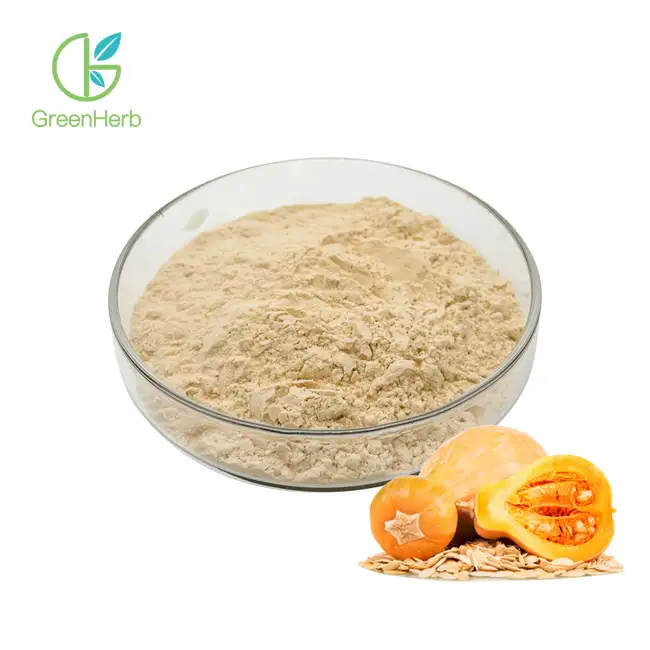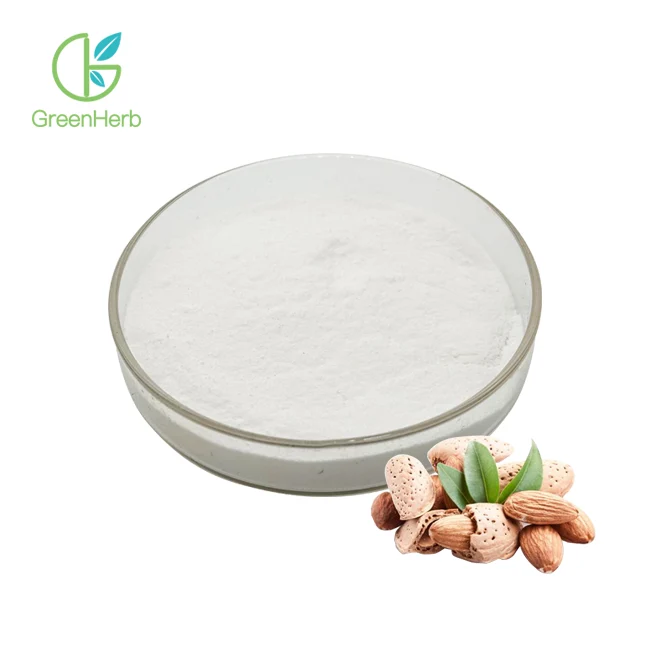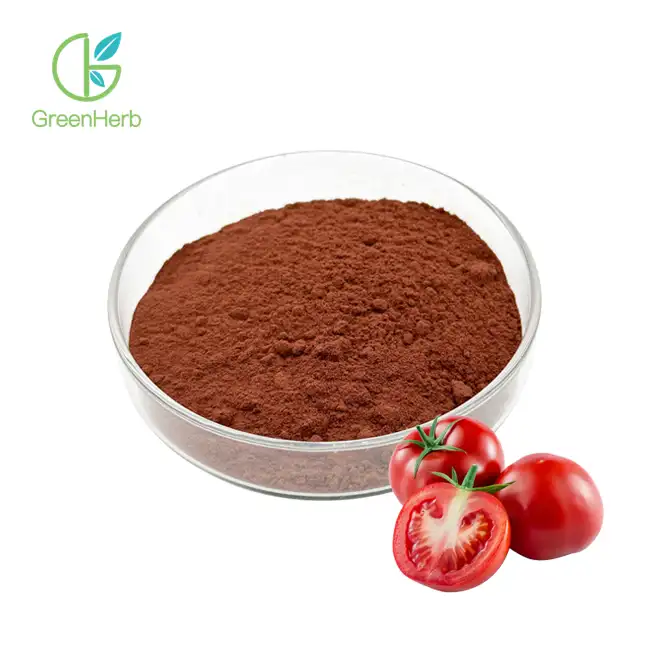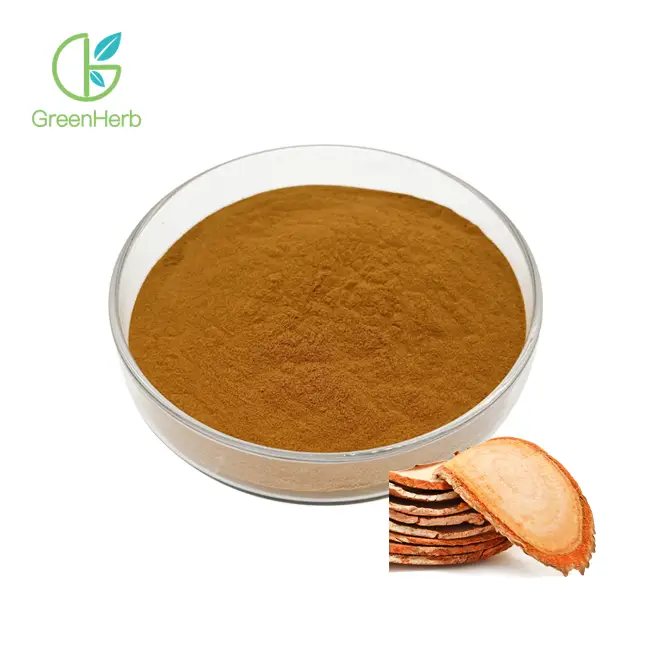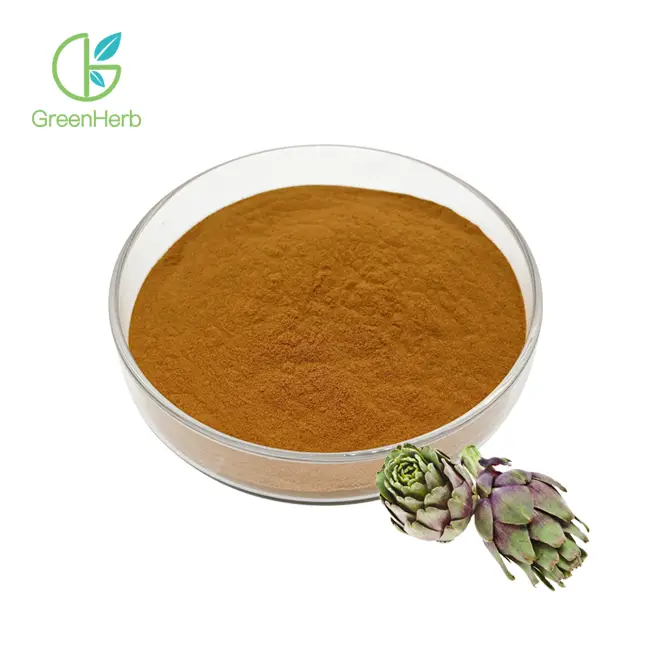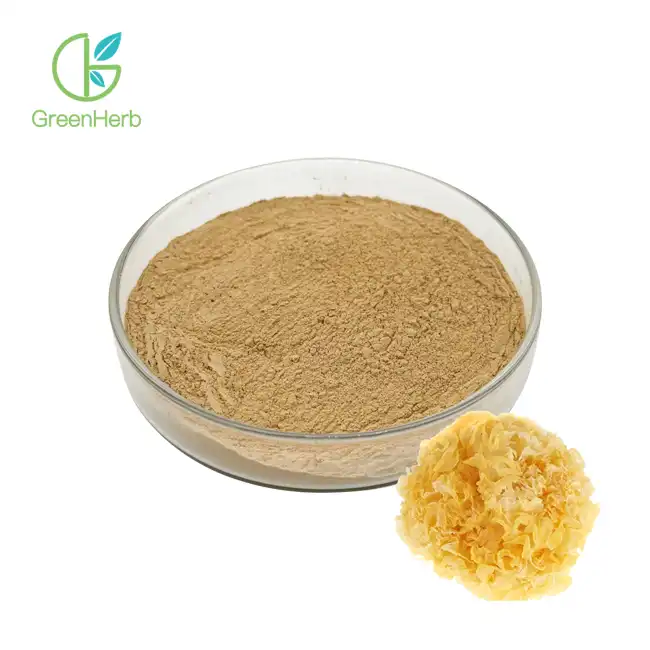- English
- French
- German
- Portuguese
- Spanish
- Russian
- Japanese
- Korean
- Arabic
- Greek
- German
- Turkish
- Italian
- Danish
- Romanian
- Indonesian
- Czech
- Afrikaans
- Swedish
- Polish
- Basque
- Catalan
- Esperanto
- Hindi
- Lao
- Albanian
- Amharic
- Armenian
- Azerbaijani
- Belarusian
- Bengali
- Bosnian
- Bulgarian
- Cebuano
- Chichewa
- Corsican
- Croatian
- Dutch
- Estonian
- Filipino
- Finnish
- Frisian
- Galician
- Georgian
- Gujarati
- Haitian
- Hausa
- Hawaiian
- Hebrew
- Hmong
- Hungarian
- Icelandic
- Igbo
- Javanese
- Kannada
- Kazakh
- Khmer
- Kurdish
- Kyrgyz
- Latin
- Latvian
- Lithuanian
- Luxembou..
- Macedonian
- Malagasy
- Malay
- Malayalam
- Maltese
- Maori
- Marathi
- Mongolian
- Burmese
- Nepali
- Norwegian
- Pashto
- Persian
- Punjabi
- Serbian
- Sesotho
- Sinhala
- Slovak
- Slovenian
- Somali
- Samoan
- Scots Gaelic
- Shona
- Sindhi
- Sundanese
- Swahili
- Tajik
- Tamil
- Telugu
- Thai
- Ukrainian
- Urdu
- Uzbek
- Vietnamese
- Welsh
- Xhosa
- Yiddish
- Yoruba
- Zulu
Some Classifications And Introductions About GreenHerb Products
Our products mainly fall into four categories,namely Standard Herb Extracts,Protein Powder,Natural Colors and Mushroom Products. The following is a detailed introduction to our product.
Standard Herb Extracts are the collective name for extracts from herbs, plants, animals, etc. that have consistent standards. According to the different components of extracted plants, glycosides, acids, polyphenols, polysaccharides, terpenes, flavonoids, alkaloids, etc. are formed; according to different properties, they can be divided into vegetable oils, extracts, powders, lenses, etc. The main categories are as follows: Alkaloids: berberine (berberine), rolfsine, camptothecin, vincristine, etc. Glycosides: Amygdalin, salicin, cardiac glycosides, saponins, etc. Flavonoids: soybean isoflavones, flavones, flavonols; flavanones, flavanols, isoflavonenes, etc. Propolis, anthocyanins, green tea extract, ginkgo extract, etc. Organic acids: citric acid, lactic acid, tartaric acid, malic acid, ascorbic acid, oxalic acid, caffeic acid, chlorogenic acid, etc. Polysaccharides: edible mushroom polysaccharides, algae polysaccharides, Chinese herbal medicine polysaccharides, etc. Volatile oils: essential oils.
Plant Extracts:
Plant Extracts are biologically active compounds extracted from plants. Plant extracts are widely used in medicine, health products, cosmetics and other fields. Common plant extracts include Chinese Herbal Medicine Extracts, Fruit Extracts, Flower Extracts, etc.
Chinese Herbal Medicine Extracts refer to the active ingredients extracted from Chinese herbal medicine. Chinese herbal extracts have a long history in traditional medicine and are widely used to treat various diseases. For example, ginseng extract is used to improve immunity and physical strength, and angelica extract is used to regulate women's menstrual cycles.
Fruit Extracts are active ingredients extracted from fruits. Fruit extract is rich in nutrients such as vitamins, minerals and antioxidants, and has anti-aging, whitening, moisturizing and other effects. For example, grape seed extract is rich in antioxidants, which help fight free radical damage and improve skin elasticity.
Flower Extracts are active ingredients extracted from flowers. Flower extracts are often used in cosmetics and have soothing, anti-inflammatory, whitening and other effects. For example, chamomile extract is used to soothe sensitive skin, and rose extract is used to moisturize and brighten skin.
Animal Extracts are active ingredients extracted from animal tissues. Animal extracts are commonly used in medicine and health products. Common animal extracts include fish oil, honey, propolis, etc.
Microbial Extracts are active ingredients extracted from microorganisms. Microbial extracts are widely used in medicine and agriculture. Common microbial extracts include yeast extract, lactic acid bacteria extract, probiotic extract, etc. Yeast extract is the active ingredient extracted from yeast. Yeast extract is widely used in food, feed and cosmetics to enhance immunity and improve intestinal flora. Lactic acid bacteria extract is the active ingredient extracted from lactic acid bacteria. Lactic acid bacteria extract is used to make lactic acid bacteria drinks and health products, which can regulate intestinal flora and promote digestion. Probiotic extract is the active ingredient extracted from probiotic bacteria. Probiotic extracts are widely used in making probiotic products, which help maintain the balance of intestinal flora and promote digestion and absorption.
Protein Powder is generally a powder composed of purified soy protein, casein, and whey protein, and a combination of the above-mentioned proteins.
Soy protein: It is a kind of plant protein, which refers to the protein contained in soy products. Its amino acid composition is similar to that of the protein in milk. It is also rich in vitamins, dietary fiber, oligosaccharides, calcium, iron, Phosphorus and other minerals. Whey protein: It is a protein extracted from milk. It contains a variety of active ingredients, has high nutritional value, and is easy to digest and absorb. It is an animal protein that contains essential amino acids for the human body. A high-quality protein needed by the human body.
Pea protein: It is a protein separated and extracted from peas using a low-temperature and low-pressure process. It contains a variety of essential amino acids and is cholesterol-free.
Casein: It is a binding protein containing phosphorus and calcium. It is the main protein in mammals, such as cow's milk, goat's milk and human milk. It is the protein with the highest content in milk. It will precipitate when the pH value is low.
Lecithin: It contains glycerin, phospholipids, fatty acids and other substances. It is a yellow-brown oily substance that exists in animals, plants and egg yolks. It is rich in nutrients and is beneficial to promote brain development.
The purpose of Protein Powder is to supplement protein for people who lack protein. It is a health food. It has the functions of supplementing protein, promoting metabolism, improving intelligence, promoting growth and development, increasing muscle mass and strength, and helping to enhance physical fitness. In addition, protein powder can also improve Feeling full, reducing caloric intake in the diet, and helping to control weight. Some protein powders also have antioxidant properties, lower cholesterol, and enhance bone density.
Natural Colors are food pigments obtained from natural resources. Pigments mainly extracted from animal and plant tissues and microorganisms (culture), of which plant-based colorants account for the majority. Natural pigments not only color food, but also have physiological activity. It is highly safe and has almost no adverse effects on human health. At the same time, many natural food pigments also have certain outstanding health care functions and have certain preventive effects on various diseases of the human body.
Natural pigments of common colors are summarized as follows:
Red
Beet red pigment. Source: It is a natural product extracted from the roots of red beets of the genus Trichophyton. The main ingredient is betalain. Color: The aqueous solution is red to reddish purple. Solubility: Easily soluble in water, insoluble in grease. Stability: Stable within the pH range of 4.0~7.0: When the pH is less than 4.0 or greater than 7.0, the color of the solution changes from red to purple; when the pH exceeds 10.0, the color of the solution rapidly turns yellow, at which time betalains are converted into betalains. It has good dyeability, but poor heat resistance, and the degradation rate increases as the temperature rises. Light, oxygen, and excess oxidizing metal ions can also promote degradation. Ascorbic acid has a certain protective effect on it, and its stability increases as the water activity (Aw) of the food decreases. Beetroot powder is also commonly used in food to add color to food, and it can also give food a unique taste and aroma.
Lycopene (also known as ψ-carotene). Source: Produced by fermentation method, the strain used is Botrytis tripolaris. It is a carotenoid that does not contain oxygen. Color: Lycopene has different colors and intensities in different forms, and will show different colors with different solvents and media. For example, lycopene dissolved in petroleum ether appears yellow and in carbon disulfide appears red. Solubility: fat-soluble pigment. Stability: Lycopene is sensitive to photooxidation reaction. Fe3+ and Cu2+ in the solution will catalyze the photooxidation reaction of lycopene, while other metal ions such as K+, Mg2+, Ca2+, Zn2+, etc. have no effect on it. big. The pH value also affects lycopene. Lycopene is unstable to acid but relatively stable to alkali. Physiological activity: Lycopene is one of the strongest antioxidants currently found in plants in nature. It regulates cell growth and metabolism; it can regulate cholesterol metabolism; it has various health-care functions such as antioxidant, inhibiting mutation, reducing nucleic acid damage, reducing cardiovascular disease, and preventing cancer.
Chili red. Source: Powdered pigment made from red pepper fruit as raw material and extracted with hydrogen and carbon dioxide. A type of carotenoid. The main ingredients are capsorubin and capsorubin. Color: It is a deep red liquid with bright color and strong tinting power. Solubility: Soluble in grease and ethanol, it can also be made into water-soluble or water-dispersible pigments through special processing. Stability: The light resistance is poor. Capsicum red pigment stored in oily medium in the dark is relatively stable. The higher the temperature, the greater the loss of capsicum red pigment. The stability is good at 25~80℃. When the temperature rises to 80~100℃, the stability decreases. When the temperature exceeds 100℃, the pigment is extremely unstable.
Monascus red. Source: It is a liquid Monascus pigment obtained by extracting red yeast rice with ethanol or a product extracted, crystallized and refined from the deep culture medium of Monascus. Color: dark purple-red liquid or powder or paste, with a slight odor. Solubility: Easily soluble in neutral and alkaline aqueous solutions. Very soluble in ethanol, propylene glycol, glycerol and their aqueous solutions. Stability: Stable to environmental pH, almost unaffected by oxidants and reducing agents such as metal ions, hydrogen peroxide, vitamin C, and sodium sulfite. It has strong heat resistance and acid resistance, and its alcohol solution is quite stable to ultraviolet rays, but it can fade when exposed to direct sunlight. Excellent coloring properties for proteins. Physiological activity: Monascus red has bacteriostatic and bactericidal effects, and it has been confirmed that part of the antibacterial active ingredients are coloring substances.
Cochineal. Source: Cochineal is an organic compound and a natural pigment extracted from the female cochineal beetles growing on cacti. Color: The hue is pink to purple. In alkalis and dilute acids, the color changes with the pH of the solution. It is orange-yellow when it is acidic, dark red when it is neutral, and purple-red when it is alkaline. It turns black when encountering Fe3+. Solubility: Insoluble in cold water, slightly soluble in hot water or ethanol. Soluble in alkali, insoluble in dilute acid, insoluble in ether, chloroform and benzene. Stability: It is the natural pigment with the best light stability and thermal stability, with a decomposition temperature of 250°C. Physiological activity: It has a significant effect on preventing DNA damage caused by carcinogens, and can be used for the prevention and treatment of viral diseases (such as vesicular stomatitis, herpetic stomatitis, etc.), cancer and AIDS. The difference between cochineal and cochineal: Carmine is the most widely used monoazo synthetic pigment in the world.
Orange & Yellow
β-carotene. Source: Produced by fermentation method, the strain used is Botrytis tripolaris. Generally, the more colorful fruits or vegetables, the more beta-carotene they contain. Color: Due to differences in concentration, its color can cover all colors from red to yellow. Solubility: β-carotene is an edible oil-soluble pigment, and microencapsulated β-carotene can be converted into a water-soluble pigment. Stability: It is the most ubiquitous and stable natural pigment in nature. Physiological activity: It can be converted into vitamin A. It is also an antioxidant and has detoxification effects. It has significant functions in anti-cancer, preventing cardiovascular diseases, cataracts, etc., and further prevents aging and various degenerative diseases caused by aging.
Annatto. Source: Derived from the annatto tree, also known as redwood. Color: yellow-orange. Solubility: Depending on the preparation method, there are two types: water-soluble and oil-soluble. Water-soluble annatto is a red to brown liquid, block, powder or paste. Slightly smelly. The main pigment component is the sodium or potassium salt of norbixin, the hydrolyzate of bixin, which has very good dyeing properties but poor sunlight resistance. Soluble in water, the aqueous solution is yellow-orange and alkaline. Slightly soluble in ethanol. Insoluble in acidic conditions. The pH value should be around 8.0 when using this product. Oil-soluble annatto is a red to brown solution or suspension. The main pigment component is bixin. Soluble in alkaline solution, insoluble in acidic solution and may form a precipitate. Insoluble in water, soluble in grease, propylene glycol and acetone. Not easily oxidized. Stability: Strong heat resistance, can withstand high temperatures of 180℃ without discoloration and has stable color.
Curcumin. Source: Extracted from the rhizomes of ginger plants such as turmeric. Color: reddish brown when alkaline, yellow when neutral or acidic. Solubility: Insoluble in water, soluble in ethanol and propylene glycol, easily soluble in glacial acetic acid and alkali solutions. Stability: Strong stability to reducing agents, but sensitive to light, heat, and iron ions, and poor light resistance, heat resistance, and iron ion resistance. Physiological activity: Anti-oxidant, anti-inflammatory, anti-coagulant, lipid-lowering, anti-atherosclerosis, anti-aging, eliminating free radicals and inhibiting tumor growth.
Gardenia yellow pigment. Source: Dried and mature fruits of Rubiaceae plant Gardenia. Color: It is generally orange-yellow powder or dark yellow liquid. Its main components are crocin and crocetic acid, which are rare water-soluble carotenoids. The aqueous solution is lemon yellow. Solubility: Easily soluble in water. Stability: good stability and strong tinting power. It has good reduction resistance, microbial resistance, light resistance, heat resistance, basically unchanged color within the pH range of 4-11, and is stable to metal ions; it has good dyeing effect on starch and protein. Physiological activity: It is easily absorbed by the human body and can be converted into vitamin A in the human body. It can supplement the body's vitamin deficiencies and is a nutritional coloring agent. Gardenia is a commonly used traditional Chinese medicine. Gardenia yellow has similar effects to gardenia. It has the functions of clearing away heat and dispelling fire, cooling blood and promoting gallbladder, and lowering cholesterol. It has certain health care functions. It is a multifunctional medicine that integrates coloring, nutrition, and health care. of natural plant pigments.
Green
Chlorophyll copper sodium salt. Source: spinach or silkworm dung can be used as raw material, extract chlorophyll with acetone or ethanol, add an appropriate amount of copper sulfate, and the magnesium atom in the chlorophyll porphyrin ring is replaced by copper to generate it. Color: It is a dark green powder with strong tinting power and bright color. Its aqueous solution is a blue-green clear and transparent liquid, and precipitation occurs when calcium ions are present. Solubility: soluble in water. Stability: Slightly less stable to light and heat. Precipitation occurs in the presence of acidic solutions and calcium ions. Physiological activity: accelerates wound healing. It is effective in fighting cancer and anti-tumor.
Blue
Gardenia blue. Source: Gardenia blue is a refined natural pigment made from gardenia blue pigment. Gardenia blue pigment is a yellow pigment extracted from the fruit of the Rubiaceae plant, Gardenia jasminoides, and then treated with food enzymes. Color: light gray to dark blue powder or liquid. Solubility: easily soluble in water, aqueous ethanol, aqueous propylene glycol and other hydrophilic solvents, insoluble in non-polar organic solvents, stability: good light resistance and heat resistance. The pH value is stable between 3 and 10. It does not fade when heated at 120°C for 60 minutes. It is almost unaffected by Ca2+, Mg2+, Al3+, etc., but becomes darker when exposed to Fe3+ and Sn2+ when it is acidic. In addition, butterfly pea flower petals, black wolfberry, etc. are rich in Anthocyanins give the blue color. It is used in various foods as a natural blue pigment.
Mushroom Products are an emerging natural active substance with broad application prospects. Fungi are microorganisms with extremely high biological diversity, and many types of fungi can be used in the preparation of extracts. Common fungi include Penicillium, Escherichia coli, fungi, yeast, etc. These fungi have a high content of active substances and can be used in the preparation of extracts.
The preparation of Mushroom Products is mainly divided into two steps: fermentation and extraction. First, the fungi are cultured in an appropriate culture medium. After a period of fermentation, the bacteria are fished out. After washing, crushing and other treatments, solvents are used for extraction. The extracted material is the Mushroom Product.
The main Mushroom Products are classified into the following categories: Agaricus blazei extract. Agaricus blazei has an almond flavor and is of high edible and nutritional value. Agaricus blazei polysaccharide is the active and active nutritional ingredient extracted from it. It is rich in protein and polysaccharide, and its content is much higher than that of other strains. Contains crude protein, crude fat, crude fiber, vitamin B, riboflavin and rich phosphorus, calcium, magnesium, zinc, iron, copper and other essential mineral elements for the human body. Ganoderma lucidum extract. Ganoderma is considered a very nutritious fungus in China and has been used for over 2,000 years. Ganoderma lucidum extract and Ganoderma lucidum polysaccharide are widely used in health care products. They can help the injured replenish their body with nutrition and quickly recover, and can also help ordinary people replenish their energy.
Mushroom Products have broad application prospects. In the field of medicine, fungal extracts can be used to prepare antibiotics, anti-tumor drugs, etc. In the food field, Mushroom Products can beused to prepare food additives, preservatives, etc. In the field of cosmetics, Mushroom Products can be used to prepare skin care products, beauty products, etc. In addition, Mushroom Products can also be used in environmental protection, agriculture and other fields.

